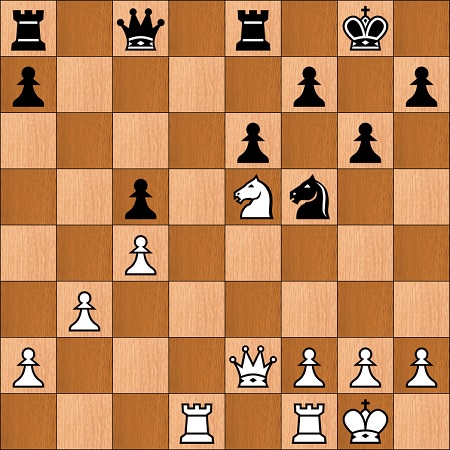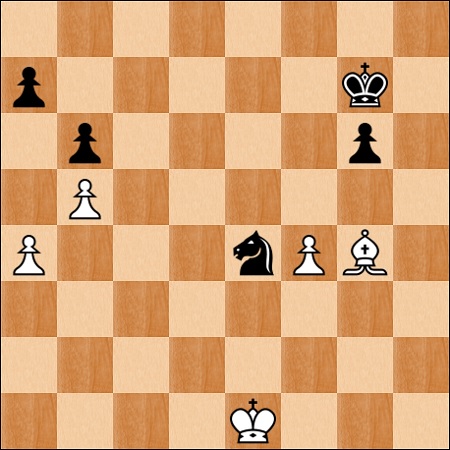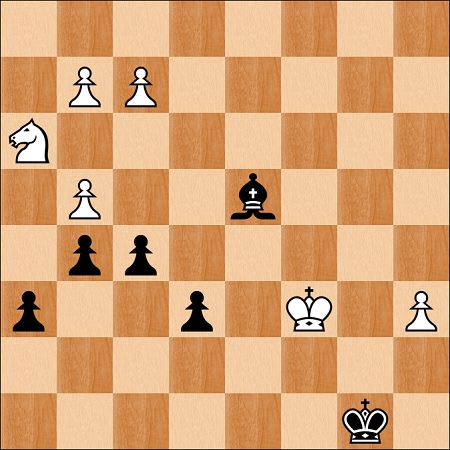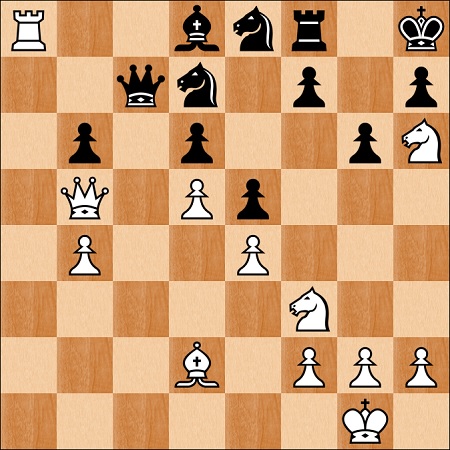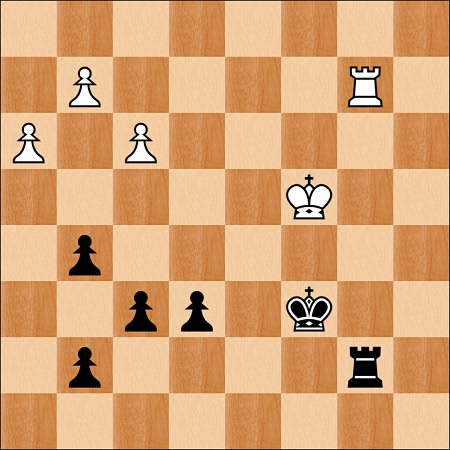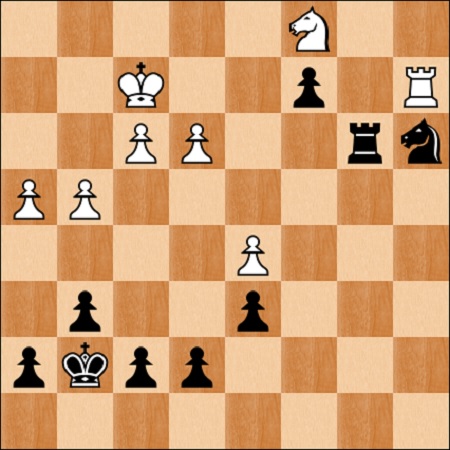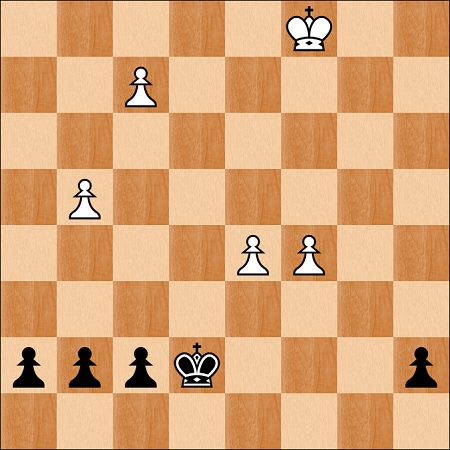Continuing the trend of a return to 'normality', almost all of the August clinic games were played over-the-board. As always there was a lot of variety but it was good to see some excellent results for the strategic themes and openings I recommend.
Here's an example, the following position arising after White's 28th move in a game of M. B.. Black to play continued with a plan that I use to show the value of pawn levers, the minority attack (see diagram).
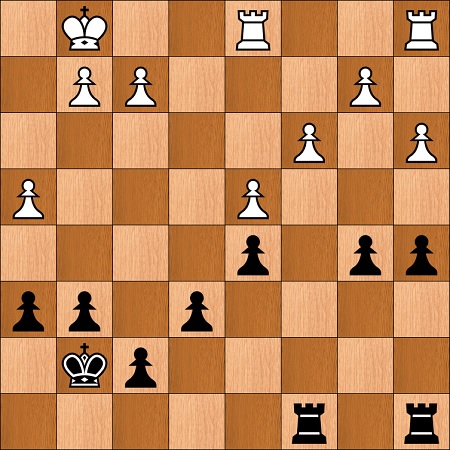
Black continued with 28... b4!, which leaves White with serious weaknesses regardless of what he does. The game continued 29.axb4 axb4 30.Rac1 Ra2 31.cxb4 Rxc1 32.Rxc1 Rxb2 33.Rd1 Rxb4 34.g3 Kf6! 35.Kg2 Kf5 36.f3 Rb2+ 37.Kg1 g5 38.hxg5 hxg5 39.Rd3 f6 40.Kf1 e5 41.dxe5 Kxe5 42.Kg1 d4 43.Ra3 Kd5 44.Ra5+ Kc4 45.Ra6 d3 0-1.
Although this is a standard plan, being able to implement it with confidence is important, much more so than the rote memorization of opening moves.
Nigel Davies

